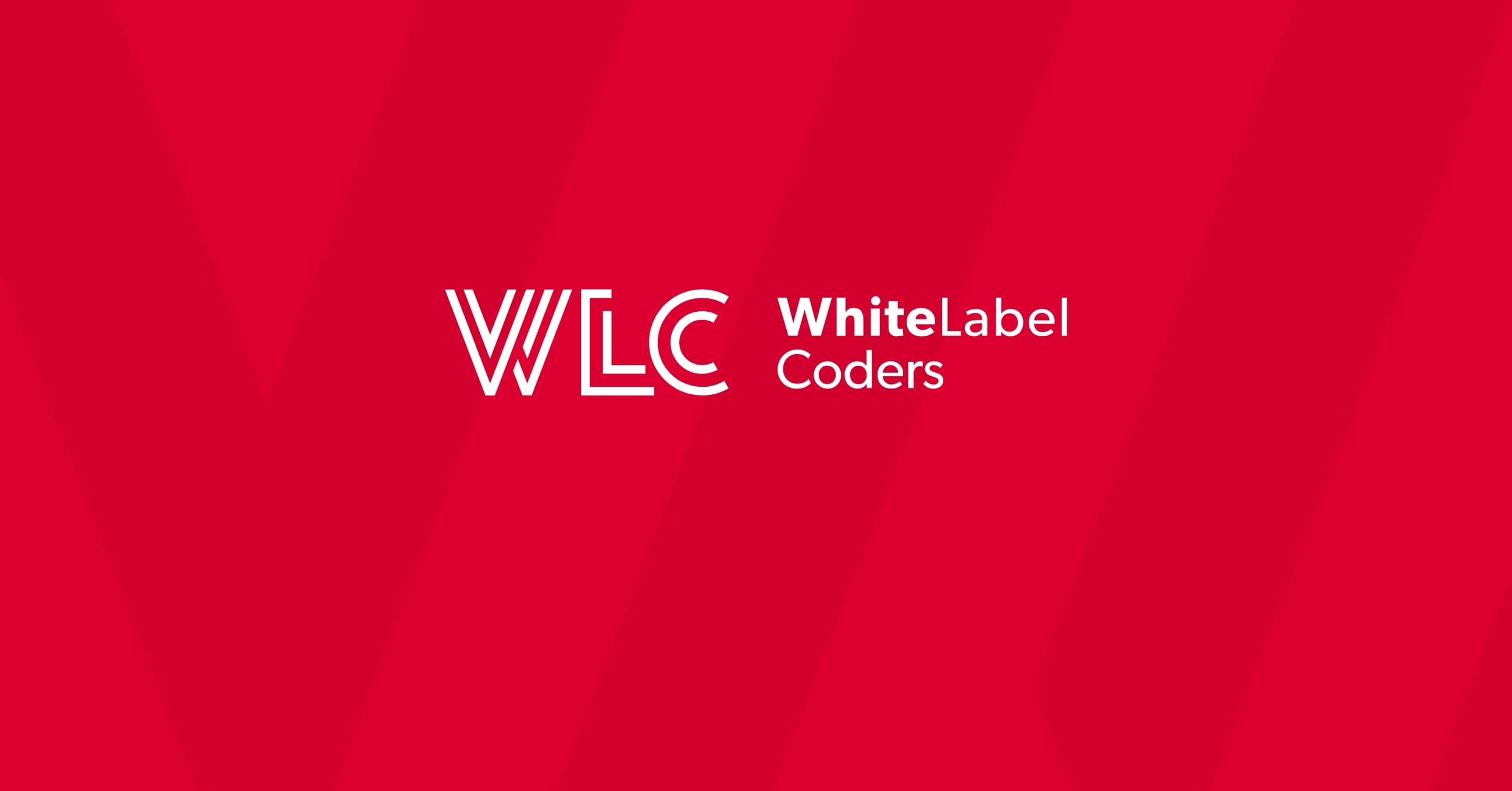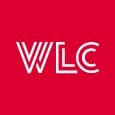Category: WooCommerce
Which is better, Wix or WooCommerce?

What are Wix and WooCommerce? Core definitions and architecture
When launching an online store, the foundation you build upon shapes everything from daily operations to long-term growth potential. WooCommerce development and Wix represent two fundamentally different approaches to creating an ecommerce presence—each with distinct architectural principles that influence how your store functions.
Wix operates as a comprehensive hosted website builder with integrated ecommerce capabilities. This means everything—from hosting and security to basic ecommerce functionality—comes bundled in a single service. Wix maintains complete control over the infrastructure, offering a closed but stable environment where all components are designed to work together seamlessly. Your store exists within Wix’s ecosystem, with the company handling server management, security updates, and technical maintenance behind the scenes.
WooCommerce, conversely, functions as a plugin for WordPress—an open-source content management system. Rather than a standalone platform, WooCommerce transforms existing WordPress websites into fully-functional online stores. This architecture creates a fundamentally different relationship between you and your store’s technology. You’ll need to arrange hosting, install WordPress, and then add WooCommerce as an extension. This separation of components creates greater flexibility but requires more technical involvement to set up and maintain.
The architectural difference between Wix and WooCommerce isn’t merely technical—it represents two philosophies about who should control the technology that powers your business: the platform provider or you.
Why platform selection matters: Impact on business growth and operations
Choosing between Wix and WooCommerce isn’t merely a technical decision—it’s a strategic business choice that shapes your operational capabilities and growth trajectory. The platform you select today establishes both opportunities and constraints that will influence your business for years to come.
The hosted model of Wix offers operational simplicity that can be invaluable for small businesses with limited technical resources. When your team can focus on marketing and sales rather than website maintenance, you may achieve faster initial growth. However, this convenience comes with trade-offs in customisation flexibility and control that may become increasingly significant as your business evolves. Scaling operations within a hosted platform means adapting to their limitations and paying progressively higher fees as your transaction volume increases.
WooCommerce’s open-source approach aligns differently with business growth patterns. The initial setup requires more technical investment, but the platform grows with virtually no artificial constraints on your business model. This unrestricted growth potential makes WooCommerce particularly suitable for businesses with unique processes or ambitious expansion plans. The WooCommerce development ecosystem offers extraordinary flexibility to implement custom business logic, integrate with specialised systems, and adapt to changing market requirements—capabilities that become increasingly valuable as your operation matures.
How does each platform handle store setup and management?
The process of creating and managing your online store differs dramatically between these platforms, with each offering distinct advantages and challenges throughout the store lifecycle.
Wix emphasises rapid deployment through a guided setup process. You’ll begin by selecting an industry-appropriate template, then use visual editors to customise your storefront. Product management happens through straightforward forms with predefined fields for common attributes. For inventory management, Wix provides built-in tools that handle basic stock tracking and automated notifications. The entire experience prioritises accessibility for non-technical users, with most functions available through intuitive dashboard controls that require minimal training to master.
WooCommerce follows a more structured but potentially more powerful approach. After installing WordPress and the WooCommerce plugin, you’ll configure foundational settings for payments, shipping, and taxes. Product creation offers extensive customisation options, including unlimited custom attributes and flexible categorisation schemes. Inventory management can be handled through the native system or enhanced with specialised extensions for complex scenarios. While the learning curve is steeper, the management interface provides deeper control over both customer-facing elements and backend operations. For businesses with complex operational needs, this granular control can streamline workflows that would require workarounds in more restricted systems like Wix.
| Store Management Aspect | Wix Approach | WooCommerce Approach |
|---|---|---|
| Initial Setup Time | 1-2 days (typical) | 3-7 days (typical) |
| Technical Knowledge Required | Minimal | Moderate to High |
| Inventory Management | Built-in basic tools | Flexible with extension options |
| Bulk Product Management | Limited native capabilities | Strong native + extensions |
| Order Processing Customisation | Fixed workflows with minor adjustments | Fully customisable workflows |
Design flexibility and customization capabilities
The visual presentation and user experience of your online store significantly impact conversion rates and brand perception. Both platforms offer design capabilities, but with fundamental differences in approach and flexibility.
Wix provides a visual drag-and-drop editor that makes design accessible to non-designers. You’ll select from hundreds of professionally designed templates as starting points, then customise colours, layouts, and content blocks through intuitive controls. The editor allows precise element positioning anywhere on the page—a freedom that simplifies creating unique layouts. However, this flexibility has limitations; you’re ultimately confined to the design framework Wix provides, with limited ability to modify underlying code or implement advanced interactive elements.
WooCommerce’s approach to design centres on WordPress themes—frameworks that control the entire visual experience. The platform supports thousands of themes, from free options to premium designs built specifically for ecommerce. Unlike Wix, WooCommerce allows unlimited customisation through direct access to underlying code. For businesses working with professional developers, this creates virtually no restrictions on design possibilities. Advanced shops can implement completely custom themes built precisely to specification. This unrestricted approach makes WooCommerce development particularly suitable for brands with established design systems or unique functional requirements that off-the-shelf solutions can’t accommodate.
Pricing structures and total cost of ownership
Understanding the true cost of each platform requires looking beyond headline prices to evaluate the total financial commitment over time.
Wix follows a subscription-based pricing model with tiered ecommerce plans ranging from basic to advanced business offerings. These plans include hosting, security, maintenance, and core ecommerce features in a predictable monthly fee. While this approach simplifies budgeting, costs increase as your business grows, with higher tiers required for removing Wix branding, accessing advanced marketing tools, or handling larger product catalogues. Additional costs may include premium apps from the Wix marketplace and transaction fees on certain payment methods.
WooCommerce presents a different financial structure beginning with free core software. However, this apparent cost advantage comes with necessary additional investments. You’ll need to arrange WordPress hosting (ranging from £5 to £100+ monthly depending on traffic and performance requirements), purchase a domain name, and potentially invest in premium themes (£30-150) and extensions (£0-299 each) for specific functionality. While basic stores can launch inexpensively, achieving parity with Wix’s built-in features often requires purchasing multiple premium extensions. The advantage comes in long-term scaling—WooCommerce costs typically grow more slowly as your business expands, without mandatory upgrades to higher service tiers. For many business owners, understanding is WooCommerce paid or free is crucial to making an informed decision about platform selection.
Ecommerce functionality comparison: Features and limitations
The core ecommerce capabilities of each platform determine what types of products you can sell, how customers can pay, and how flexibly you can manage operations.
Wix offers a comprehensive suite of built-in ecommerce features suitable for many standard selling scenarios. The platform supports physical products with multiple variants, digital downloads, and service bookings through a unified interface. Payment processing comes integrated with major providers like Stripe and PayPal, along with manual payment options. Shipping settings allow for weight-based rates, flat rates, and store pickup options. Tax calculations handle basic scenarios automatically, though complex tax rules may require workarounds. The checkout process offers reasonable customisation within predefined structures that reflect ecommerce best practices.
WooCommerce provides broader ecommerce functionality through its core system and extension ecosystem. The native platform handles unlimited product variations, complex bundling, and virtually any product type through custom fields. Payment processing supports dozens of global and regional gateways through dedicated extensions. Shipping capabilities extend to real-time carrier calculations, complex rules-based rates, and fulfilment integration. The platform particularly excels with specialised selling scenarios—subscriptions, memberships, marketplace models, and B2B functionality all have robust solutions available. This extensibility makes WooCommerce development appropriate for businesses with non-standard product types or unique operational requirements.
Scaling your online store: Growth capabilities and limitations
How will your chosen platform perform as your business grows from dozens to hundreds of daily orders, or from hundreds to thousands of products?
Wix handles initial scaling gracefully within certain boundaries. The platform’s infrastructure can reliably manage increasing traffic without requiring technical intervention from store owners. Product catalogues perform well up to about 50,000 items, though performance may decline as you approach this limit. Order volume scaling requires less concern, as Wix’s backend can process substantial transaction volumes. However, structural limitations emerge when scaling complexity rather than just volume. Businesses requiring advanced inventory systems, complex discount structures, or custom checkout logic may find Wix’s closed architecture increasingly restrictive as operations grow.
WooCommerce offers different scaling characteristics tied to the quality of its implementation and hosting environment. With proper configuration and robust hosting, the platform can handle virtually unlimited product catalogues and transaction volumes. Database optimisation becomes important beyond 10,000 products, but no artificial caps restrict growth. The platform’s key advantage in scaling comes from its adaptability—as business requirements evolve, WooCommerce can be extended or customised to accommodate new processes without migrating to new systems. This flexibility allows businesses to maintain operational continuity while evolving capabilities. Many businesses wonder can WooCommerce handle high traffic, and the answer depends largely on proper implementation and hosting. Potential scaling challenges include increased maintenance complexity and the need for performance optimisation as data volumes grow.
Marketing and SEO capabilities: Driving traffic and conversions
Your ecommerce platform’s marketing tools directly influence your ability to attract visitors and convert them into customers.
Wix provides a solid foundation of marketing capabilities built directly into the platform. SEO features include customisable metadata, automatic sitemap generation, and structured data implementation. The system offers native email marketing tools for basic campaigns, abandoned cart recovery, and customer reactivation. Social media integration allows automatic product posting and shop sections on platforms like Facebook and Instagram. Promotional tools include coupon codes, limited-time offers, and product bundles. These integrated capabilities create a cohesive marketing environment that simplifies campaign execution for small to medium businesses.
WooCommerce takes a modular approach to marketing through WordPress’s robust ecosystem. The platform leverages WordPress’s renowned SEO capabilities, widely considered superior for content marketing and organic traffic strategies. Marketing extensions provide sophisticated tools for email automation, loyalty programs, affiliate marketing, and advanced promotions. Notable strengths include the ability to create highly personalised customer journeys and implement complex discount structures beyond standard coupon codes. The platform’s open nature also facilitates deeper integration with external marketing systems like CRMs and advanced analytics platforms, creating opportunities for data-driven marketing at scale.
Common challenges and troubleshooting approaches
Every ecommerce platform presents unique challenges that store owners must navigate. Understanding these common obstacles helps prepare appropriate solutions.
Wix users typically encounter limitations rather than technical failures. Common challenges include restricted customisation of checkout processes, limited integration with external systems, and constraints on advanced discount structures. When performance issues occur, troubleshooting options remain limited due to the closed nature of the platform. The primary resolution path involves contacting Wix support rather than directly addressing underlying technical issues. This support-dependent model works well for non-technical users but can create frustration for those seeking deeper solutions or needing urgent fixes outside support hours.
WooCommerce presents a different troubleshooting landscape centred on compatibility management. Common challenges include plugin conflicts, theme compatibility issues, and performance optimisation needs. When problems arise, store owners have multiple resolution paths: consulting developer documentation, accessing WordPress community forums, working with professional developers, or implementing technical fixes directly. This open troubleshooting model provides greater control but requires more technical knowledge or professional support. Performance issues typically stem from hosting limitations or optimisation needs rather than platform constraints, giving store owners actionable paths to resolution through server upgrades or code improvements. Understanding what are the limitations of WooCommerce helps businesses prepare for potential challenges before they arise.
User experience case studies: Real-world implementation examples
Examining how businesses have implemented each platform provides valuable insights into their practical strengths and limitations.
Small boutique retailers often find success with Wix’s streamlined approach. For example, an independent fashion boutique with 200 products and moderate traffic requirements might implement Wix to quickly establish an online presence with minimal technical overhead. The store benefits from the visual editor’s design capabilities to create a brand-aligned experience, while the integrated marketing tools adequately handle email campaigns and social media promotion. Limitations become apparent only when attempting to implement custom checkout fields or integrate with specialised inventory systems, but workarounds often prove sufficient for operations at this scale.
WooCommerce demonstrates its strengths in more complex implementations. Consider an established home goods manufacturer selling both direct-to-consumer and to wholesale customers. Their implementation leverages WooCommerce’s flexibility to create distinct shopping experiences and pricing structures for different customer segments. Custom WooCommerce development enables integration with their existing ERP system for inventory synchronisation across channels. Advanced marketplace extensions allow them to incorporate third-party sellers for complementary products. While the implementation required greater initial investment, the resulting system precisely matches their operational requirements without compromise. Learning more about who uses WordPress for e-commerce can provide valuable insights into the platform’s versatility across various industries and business models.
Future-proofing your ecommerce investment: Platform longevity and evolution
The long-term viability of your chosen platform significantly impacts the sustainability of your ecommerce investment.
Wix demonstrates solid corporate backing with a clear development roadmap focused on accessibility and integrated features. The platform regularly introduces new capabilities through controlled updates that minimise disruption to existing stores. This approach creates stability but sometimes delays adoption of emerging ecommerce trends. As a proprietary system, Wix’s future development remains entirely under corporate control—a double-edged sword that ensures coherent evolution but leaves store owners dependent on company priorities that may not always align with specific business needs.
WooCommerce benefits from both corporate backing (through Automattic, WordPress’s parent company) and its massive open-source community. This dual support system creates remarkable platform resilience and adaptability. The open development model ensures rapid response to emerging technologies and market trends through both core updates and the extension ecosystem. This adaptability positions WooCommerce particularly well for evolving commerce models like headless commerce, omnichannel retail, and marketplace approaches. The platform’s massive adoption (powering over 28% of all online stores) further strengthens its long-term viability by creating substantial economic incentives for ongoing development and innovation.
When evaluating future readiness, consider not just current capabilities but how each platform approaches emerging technologies that may reshape ecommerce in coming years. Your choice ultimately depends on whether your business strategy values operational simplicity or unlimited technical flexibility as market conditions evolve.

